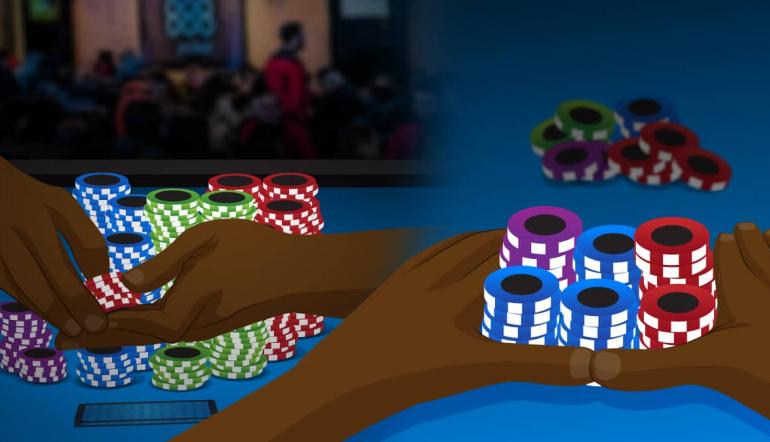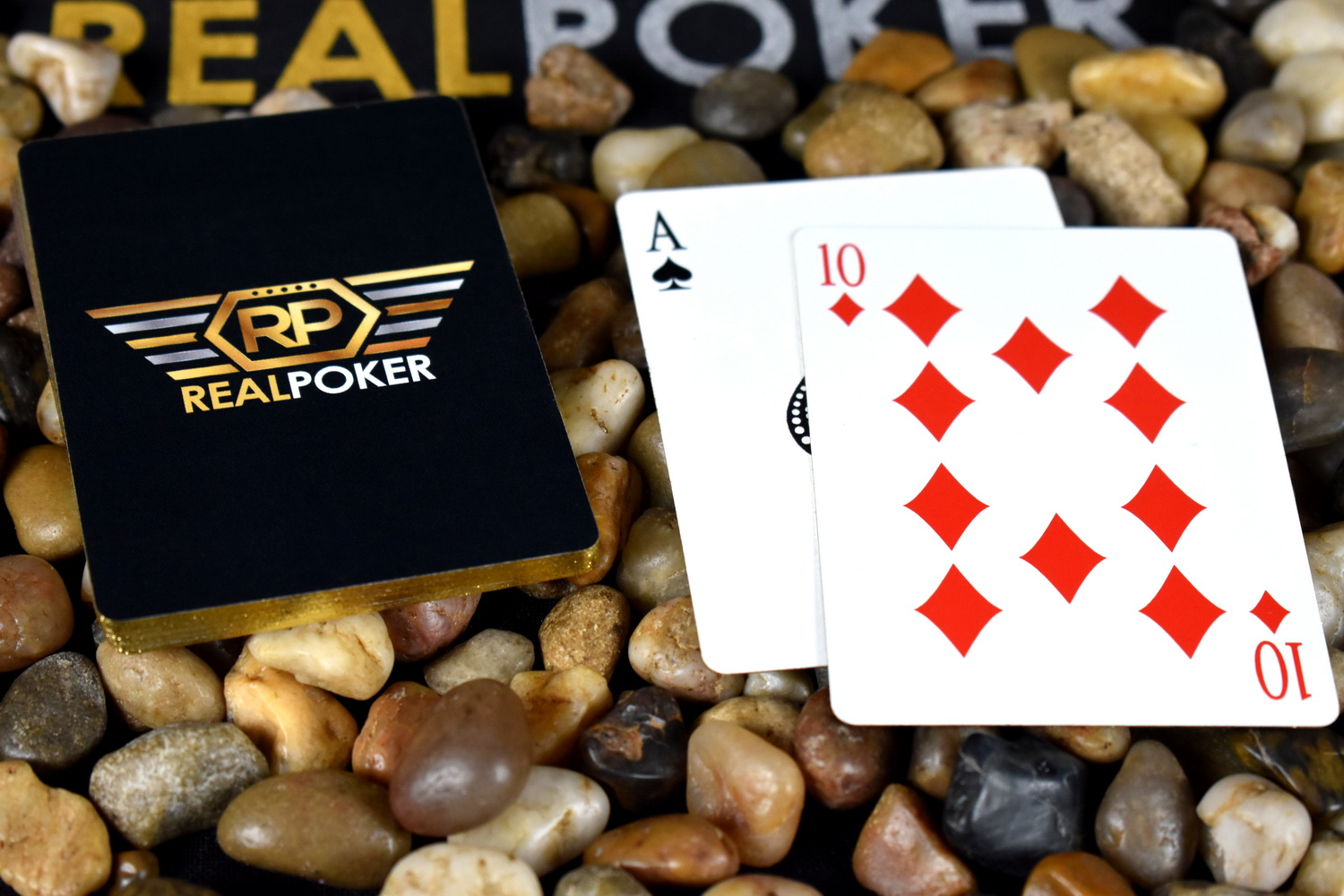Passive Poker
Passive poker players let you have your best chance to maximize wins and minimize losses. The best poker players are always thinking about how to do this. They try to maximize their winning hands by putting money into the pot while they are ahead and minimizing their losses by keeping pots small where their chances of winning are not as good. Passive players aren’t the most fun or exciting type of opponent that you can face in poker. They are, however, easy money. The difference in how you make your money from a passive player vs. An aggressive player is quite dramatic. You won’t be looking to take advantage of their moves, but you will instead be using your own aggression to take advantage of their passiveness. Exploitative Adjustments vs. To access this content, you must purchase Poker Coaching Premium Membership. To access this content. A players passiveness or aggressiveness is displayed in their risk tolerance. Passive poker players tend to avoid confrontation and play with a fear of losing. Aggressive poker players raise more than call and are not afraid to put chips at risk. By observing your opponents you’ll be able to.
In most cases there is a place for different kinds of play depending on the circumstances at the poker table. For example, if the table is all playing tight, you may want to loosen up your starting hand requirements. If the table is very looses, you probably want to tighten up your starting hand requirements. There are also instances, mentioned above, where you may play certain hands in a passive manner.


But we can’t think of a single situation where playing a loose passive style is profitable. Yes, you can probably win occasionally with a loose passive style, but in the long run you can not be a winning player.
Tighten Up
If you find yourself playing a loose passive style, the first thing you must do is tighten up your starting hand requirements. Less than 5% of online poker players play anywhere near too tight. The odds are that if you are reading this you should be playing a tighter pre flop strategy. This alone will improve your game over time.
Selective Aggression
The next thing you should do is work on being selectively aggressive. It is challenging to find the correct level of aggression when you are trying to learn the best way to play, but aggression is almost always better than playing passively. Many players combine working on both playing more aggressively and playing fewer hands by only playing hands pre flop that they can raise with. You will find as you become a better poker player that there are many hands that you should play without raising pre flop, but for new and learning players this is not a terrible strategy. You must also learn how to use position to help you decide how tight and aggressive you need to play. By being in position after the flop you have a better chance to control both the hand and the size of the pot.
There is no good reason to be a loose passive poker player, and you should find as many of them as possible to play against on a regular basis. One of the best things about playing online is that you have the chance to choose between many tables and many sites.
So if the table where you are seated doesn’t have many loose passive players, find one that does. It will make it easier to win.
Passive players aren’t the most fun or exciting type of
opponent that you can face in poker. They are, however, easy
money. The difference in how you make your money from a passive
player vs. an aggressive player is quite dramatic. You won’t be
looking to take advantage of their moves, but you will instead be
using your own aggression to take advantage of their
passiveness
The approach against passive players is actually
not that complicated at all. When someone is auto mucking at
every opportunity, this just means that you have a great chance
at taking down pot with little to no opposition. So, why do many
poker players despise playing in a game where there are a bunch
of nits? The answer is because the money tends to be earned very
slowly, albeit steadily. It takes just the right winning player
to understand that poker isn’t a game of short term results,
and this type of player will make a fortune from passive
opponents.
Not only do passive players make it easy to take down
uncontested pots, but they will also be very straightforward
when it comes to their own hand strength. They are not generally
going to be fancy and what they do will usually indicate what
they have. The beauty in playing passive opponents is that you
won’t need to be thinking a whole lot.
Though aggressive players will donate a lot of money, they can be very tricky and
will make your brain hurt if you are facing someone who has the
capability to make moves. You won’t need to consider
bluffs or semi bluffs or anything of that nature against
passive players because they just don’t have any interest in
incorporating these elements into their game. Passive players
aren’t likely to dump off buy in after buy in in one session,
but they will effectively accomplish this over the sum of many
sessions.
Pre-Flop

As is the case with any player, if you are going to target a
playing style, you’ll first need to make sure that you can get
yourself into a relatively isolated position. Just because there’s a passive player in the big blind, it doesn’t mean that you
should be open raising from under the gun with any two cards in
an attempt to steal. You can’t discount all of the other players
in the game for the sake of one lone passive player. Depending
upon your game, however, there may be multiple players who would
fall into the passive category. If you can align yourself
against this portion of the table, you’ll be in position to
profit from all of them at once.
The most basic thing that you can do to beat passive players
pre-flop is to look for steal attempts. If you are in late position or in the
blinds, you should be trying to take down as many pots as you
can. Now, the important thing to remember in these situations is
that passive doesn’t always mean tight. If you have a passive
player who calls down anything pre-flop, frequent raises won’t
be in your best interest. If you have tight passive opponents,
however, raises are the most optimal move.
Passive Aggro Poker
Passive players who like to see a lot of flops will allow you
to maximize the value out of your big hands. If you would
normally raise 4x from middle position with a big hand, you can
bump this up to 6x and expect roughly the same amount of calls.
For the same reason that these players will call off any bets
when you have big hands, you should be shying away from
overzealous bluffs and steals when you have nothing.
Passive Playing
Post-Flop
Post-flop is where you will either be getting a ton of folds
or a ton of calls from passive players. There isn’t a whole lot
of middle ground between these types of players as they will
either want to see every card or they give up without ever
putting up much of a fight. Hopefully you’ll have been able to
determine whether a player fits into one category or another
before you are even at this stage of the hand. Passive players
are so similar yet they are so different at the same time, and
most of these differences are going to be obvious in post-flop
play.
Against the loose passive players, the best play is to go for
absolute maximum value when you have made hands. The side note
to this is that you should be abandoning much of your c-betting
and bluffing moves. The type of passive player who loves to see
flops also tends to love to see turns and rivers as well, so
pushing them out of the pot isn’t going to be in your best
interest.

When you are facing the tight passive players, continuation
bets should definitely be a go-to move. The reason for this is
that you will either take down the pot without much trouble on
the flop or you’ll know that it’s time to give up. You can
safely write off the possibility of the player pulling a move on
you, so there really isn’t much else left to think about. When
you start double and triple barreling tight passive players you’ll wander into some very treacherous territory.
Poker Passive Aggressive

The one thing
that passive players do well, albeit largely unintentionally, is
stringing along the opponent when they have a big hand. They
will flat call like there is no tomorrow, and only on the river
will they muster the courage to make a raise. It’s a
combination of their own lack of aggression and their fear of
scaring their target away that leads them to this sub-optimal
approach.
Two of the favorite plays of tight passive players are the
massive over bet and the min raise. As opposite as these two
moves are, they are both signs of absolute strength from passive
players. The huge bet means that they have a hand but don’t know
how to play it, or are scared to play it optimally. A min raise
means that they know they need to get some value, but they are
afraid of scaring the other player away.
Both of these plays have their own genius quality to them in that a min raise will
get a ton of calls from players who just can’t fold to one last
small raise and huge overbets create the temptation found in the
potential of a big win. With a little bit of critical thought,
you should be able to see through any passive player’s strategy
without too much difficulty.